Keeping Your Salon Infection-Free During the Coronavirus Pandemic
It’s probably been a while since you’ve reviewed proper infection control methods, and now that we are living during a global pandemic, there is no better time to brush up on that helpful information and educate yourself about how to prevent COVID-19 or Coronavirus spread and outbreaks in your salon.
COVID-19 has completely changed the way we offer beauty services, and though sterilization, disinfection, and sanitization practices are at the core of everything we do in the salon to avoid infection of any kind, COVID-19 has ushered in a new level of preparation as new guidelines for reopening nail salons has set.
In addition to social distancing, inserting physical barriers between nail techs and clients, wearing masks and obsessive hand washing, nail techs now must take more precautionary steps to fight infection, to ensure clients know they are in a clean, safe space. This reassurance comes from you refreshing your knowledge, implementing infection control practices and following Coronavirus salon reopening guidance.
Before we discuss disinfection, sanitation, and sterilization, here is what you need to know about COVID-19. Let’s review a few facts and recommendations about COVID-19 according to the Center for Disease Control (CDC):
Facts about Covid-19
- Coronavirus, also known as COVID-19, is an illness caused by a virus that can spread from person to person.
- The virus that causes COVID-19 is a new or novel coronavirus that has spread throughout the world.
- COVID-19 symptoms can range from no symptoms to mild, to severe illness.
How does COVID-19 spread and how can I get COVID-19?
- Anyone can become infected when they come into close contact with a person who has COVID-19, which is primarily spread from person to person.
- You can become infected from respiratory droplets in the air when an infected person coughs, sneezes, or talks.
- You may also be able to get COVID-19 by touching a surface or object that has the virus on it, and then by touching your mouth, nose, or eyes. Source: CDC
Now that you know the facts, it’s evident that proper cleaning and infection control methods are key elements in helping to keep your salon infection-free. Protecting yourself and the health of your clients is important and knowing how and when to use each method is vital especially during these times.
What’s the Difference Between Sanitation, Disinfection, and Sterilization?
Cleaning is the first step in infection control and is the process of removing visible contamination and debris from a surface thus considerably decreasing the number of germs. Cleaning with warm soapy water removes any dirt, oil, debris, or buildup that could essentially deactivate disinfectants or inhibit its ability to fight germs.
Sanitization
Sanitization reduces the number of microbial contamination and pathogens to a level where they aren’t harmful. To achieve sanitization, 99.9% of microorganisms must be eliminated from the surface. It is the most common technique for preventing the spread of disease and decreasing germs, but some viruses do not respond to sanitization, so using a more effective method such as disinfection is advised.
Disinfection
Disinfection using EPA-approved disinfectants also helps to reduce the risk of Coronavirus infection. Disinfection is the destruction of viruses, bacteria, and fungi on surfaces that could come in contact with a client’s skin. Proper disinfection eliminates the risk of transmitting infection or causing the disease which is why regular disinfection of surfaces and objects, like door handles, credit card keypads, armrests, front desk countertops, writing utensils, etc. that are touched by several people should be disinfected frequently – preferably after each client.
Sterilization
Sterilization prevents the transfer of diseases, bacteria, or viruses from one client to another that could live on surfaces like tools, files, and metal implements. The sterilization process eradicates or destroys pathogens from those items. Autoclaves provide steam sterilization, which is a popular practice in salons. Sterilization completely kills the bacteria and prevents their growth and reproduction.
Recap On Proper Infection Control and Salon Reopening Checklist
After each client:
- Clean and disinfect all work areas including but not limited to manicure stations, pedicure chairs, armrests, polish bottles used, pedi chair controls, etc. Any non-porous – glass, metal, synthetic, or plastic - surface that your client comes into contact with should be cleaned and disinfected.
- Sterilize all metal implements and other tools used in a service. DO NOT reuse any tool that has been used on a customer without proper cleaning and sterilization.
- Discard unused dip powders.
- Disinfect foot spas and pedi chairs.
- Use freshly washed and disinfected towels.
Regularly/Daily:
- Disinfect everything! Door handles, Plexiglas barriers, workstations, reception area, bathrooms, retail areas, etc.
- Remove any non-essential items like magazines, newspapers, etc. Coronavirus can live on these surfaces and potentially be transmitted.
For more information on infection control check out these free online certification courses.
Milady Infection Control Certification
Barbicide COVID-19 Certification



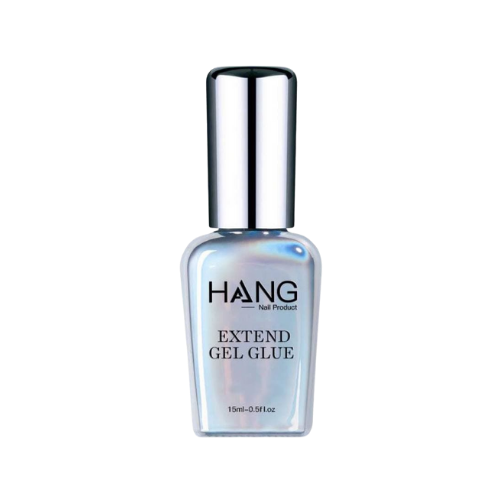
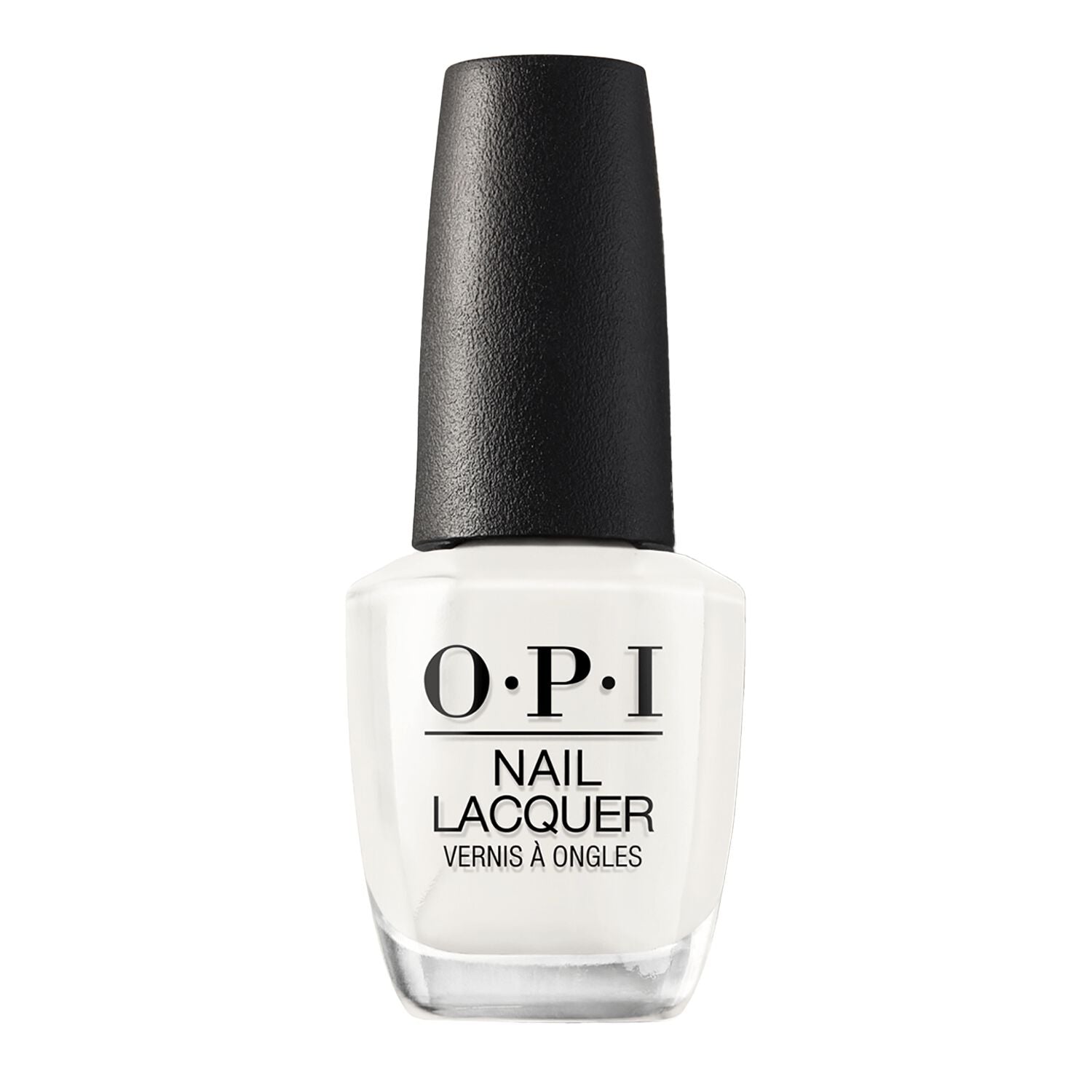
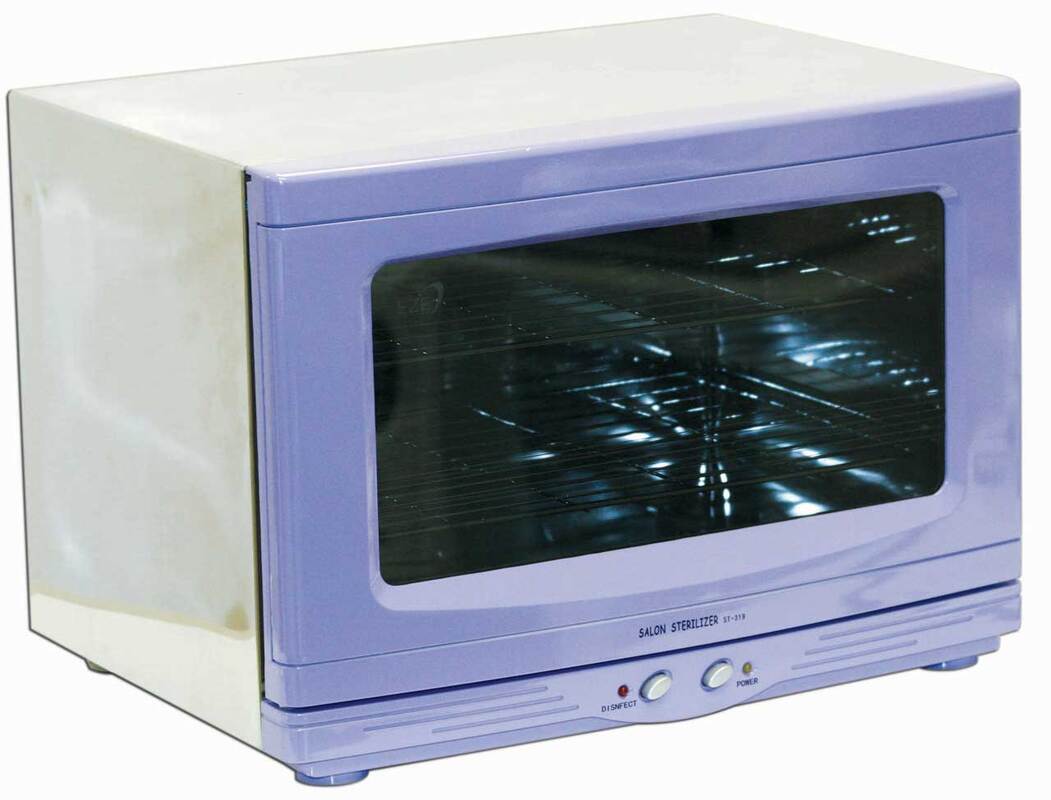
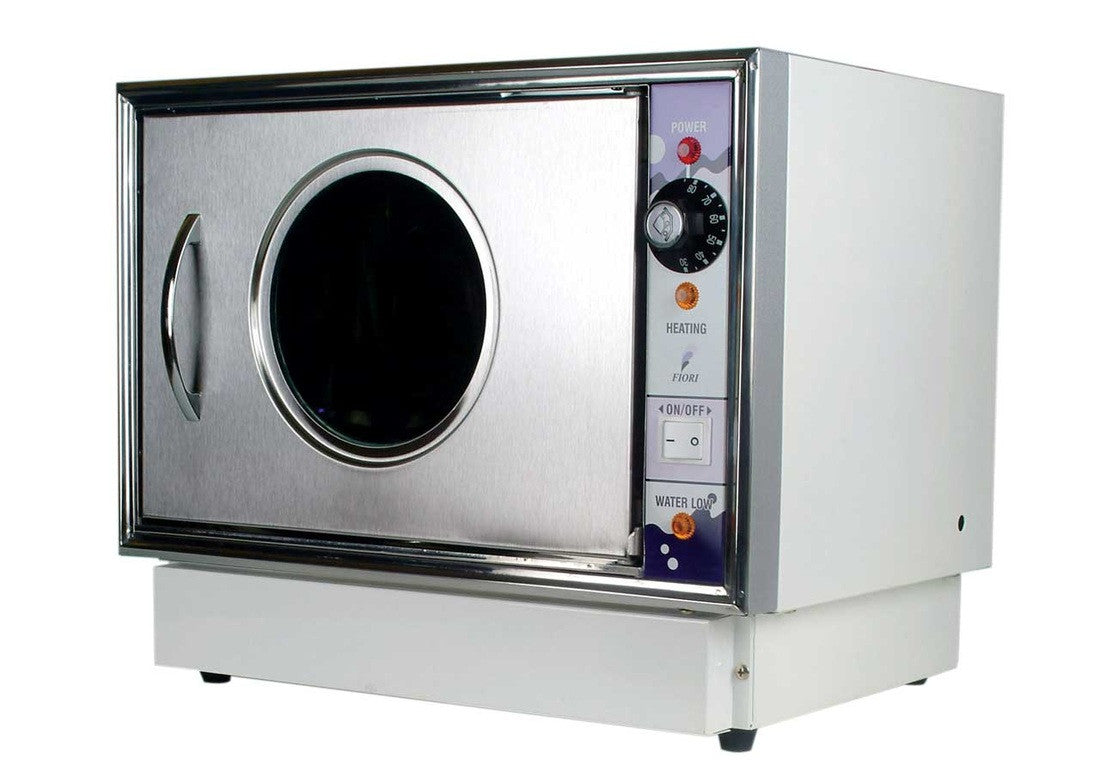
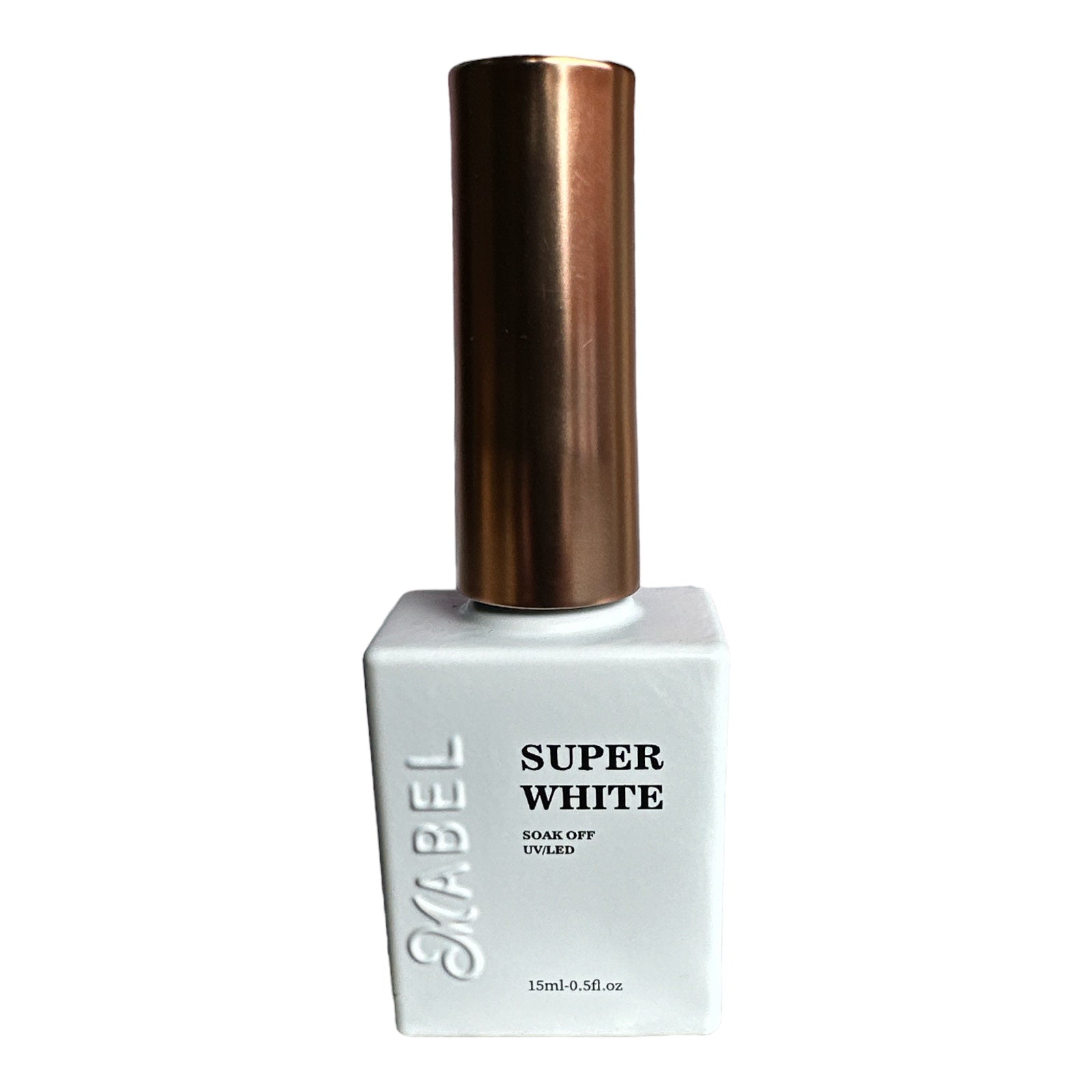
Để lại một bình luận